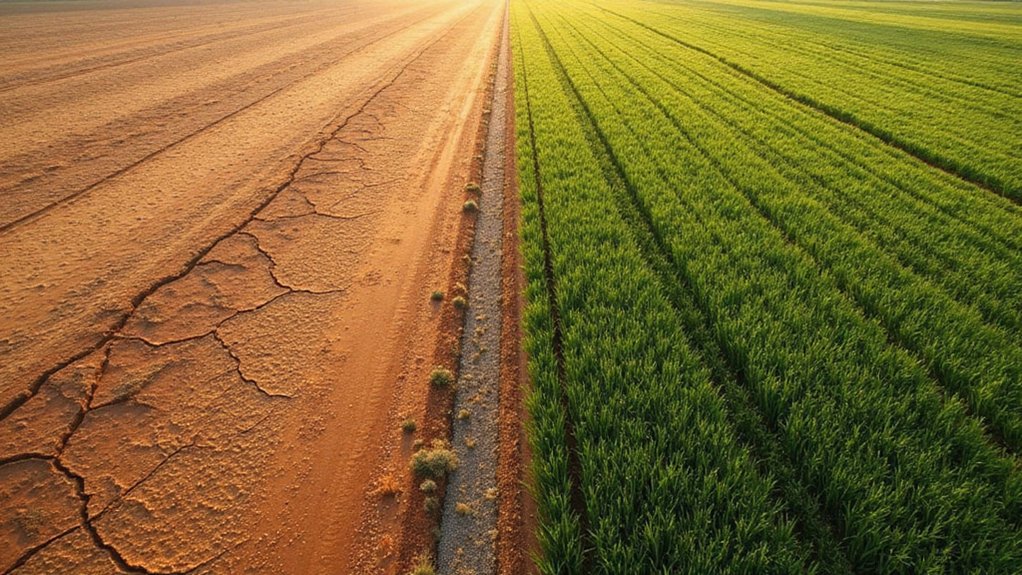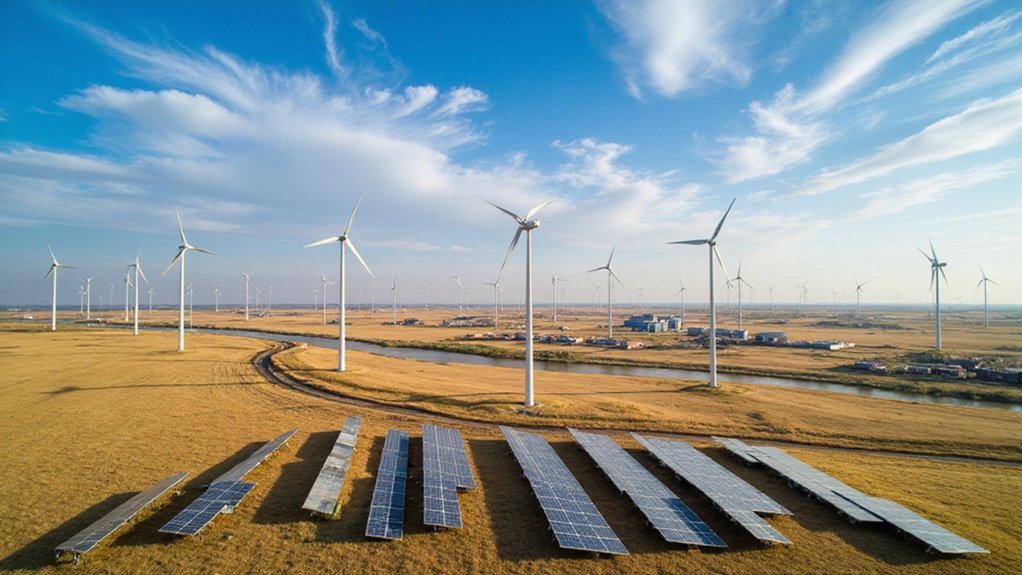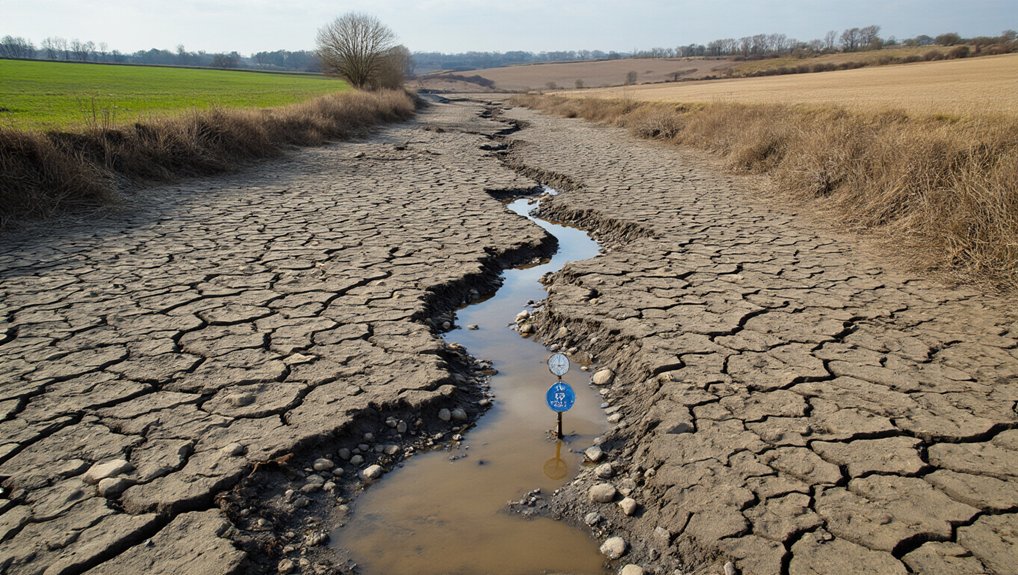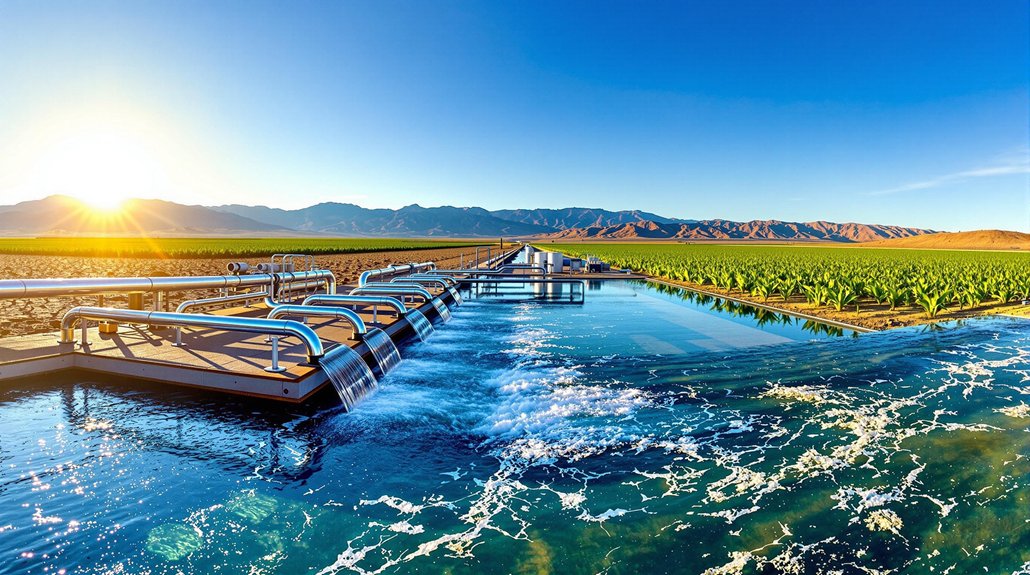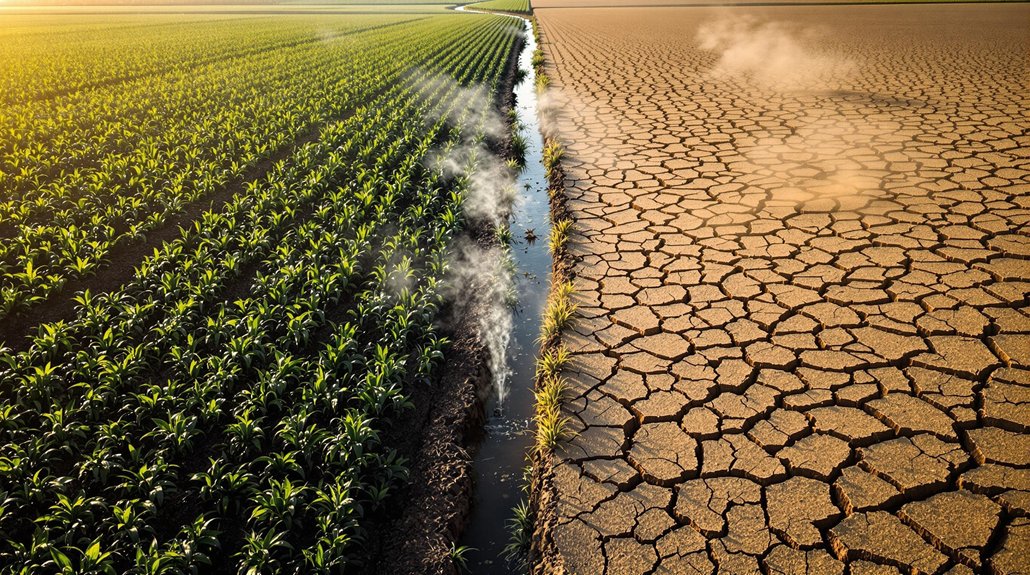While recent forecasts predicted improvement, drought conditions are now affecting 18% of New South Wales, leaving farmers divided between those in crisis and those still managing. The situation marks a stark reversal from January’s optimistic predictions that most of the state would escape drought by April.
Southern NSW farmers are bearing the brunt of the crisis. In the Greater Hume region, areas have received less than half their long-term average rainfall over the past two years. They’re calling for immediate government assistance as conditions worsen across their region. NSW Farmers President Xavier Martin has publicly addressed the government about the deteriorating situation.
The state government has responded with a $250 million Drought Ready and Resilient Fund. Farmers can access low-cost loans through this program. On May 12, officials extended a popular drought resilience initiative, though specific details about the extension weren’t provided. NSW farmers urgently need extensions of federal funding for the Farm Business Resilience Program to help navigate these challenging conditions.
Drought forecasts paint a concerning picture for July 31, 2025. The Department of Primary Industries and Regional Development uses Bureau of Meteorology climate models to predict these conditions. They release forecast maps twice monthly – when the State Seasonal Update comes out and around the 20th of each month.
The forecasting system relies on 99 different model predictions. Scientists determine the most likely outcome by finding which drought category appears most frequently among these models. When most models agree, forecasters have greater confidence in their predictions. When they disagree, uncertainty increases.
Different regions face vastly different conditions. While some areas struggle with severe drought, others remain stable. This geographical variation creates challenges for both farmers and policymakers trying to allocate resources effectively.
The Southern NSW Drought Resilience Hub at Charles Sturt University is working on long-term solutions. They’re helping farmers prepare for future droughts rather than just responding to current crises. The increasing prevalence of extreme weather events mirrors broader national trends that have caused 80% of U.S. power outages since 2000.
Farmers seeking assistance can access support through established government programs. The Combined Drought Indicator helps track conditions across different regions, showing where help is needed most.
Those wanting to provide feedback on drought forecasts can email seasonal.conditions@dpird.nsw.gov.au. An advanced forecast user group helps shape new forecasting products to better serve farming communities.
As conditions evolve, the divide between drought-affected and stable regions continues to challenge NSW’s agricultural sector.
References
- https://www.beefcentral.com/news/call-for-immediate-drought-assistance-in-southern-nsw/
- https://www.nswfarmers.org.au/NSWFA/Posts/Media_Releases/mr.051.25.aspx
- https://www.dpi.nsw.gov.au/climate_applications/state-seasonal-update/drought-forecast
- https://www.csu.edu.au/research/southern-nsw-drought-resilience-hub/news-and-media/media-releases/2025/extension-of-drought-preparedness-program-good-news-for-farmers
- https://www.dpi.nsw.gov.au/climate_applications/ssu-archive/2025/January-2025/drought-forecast
